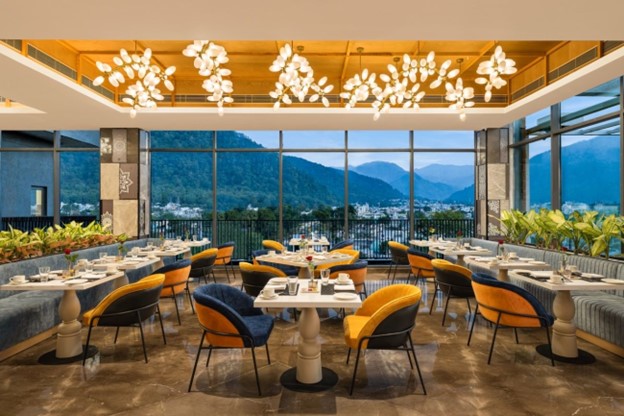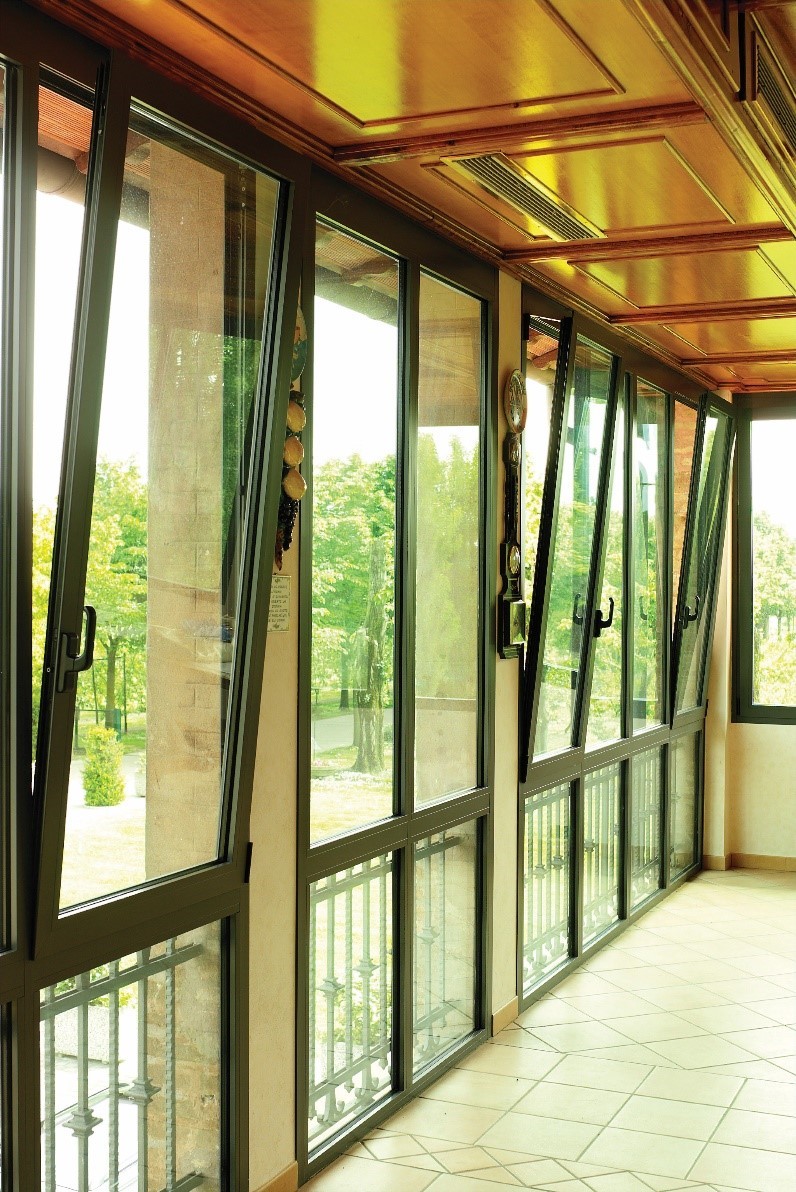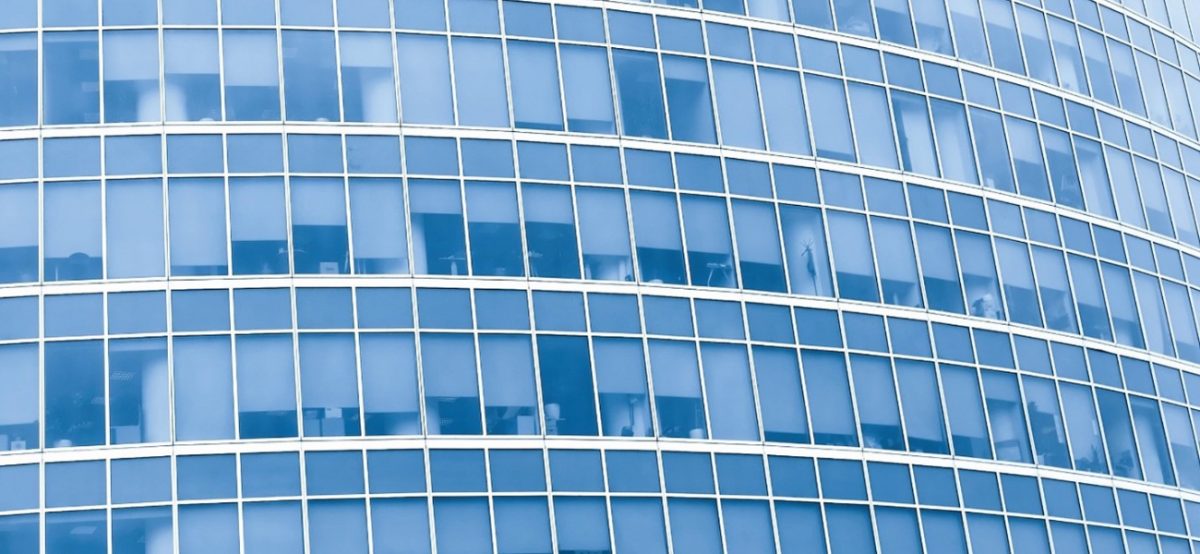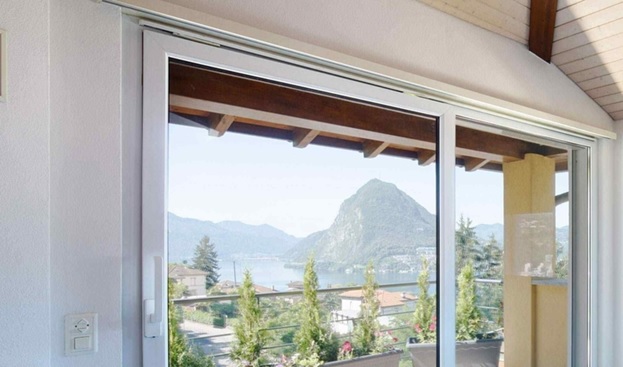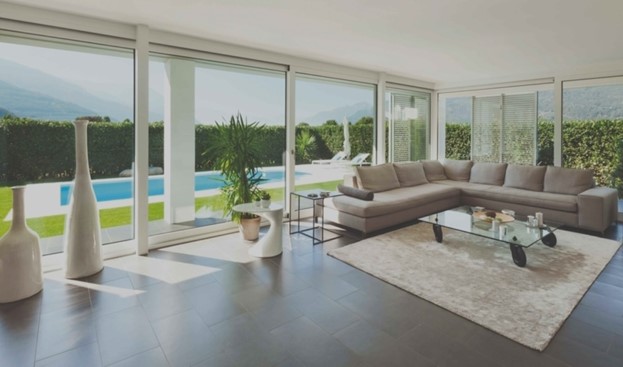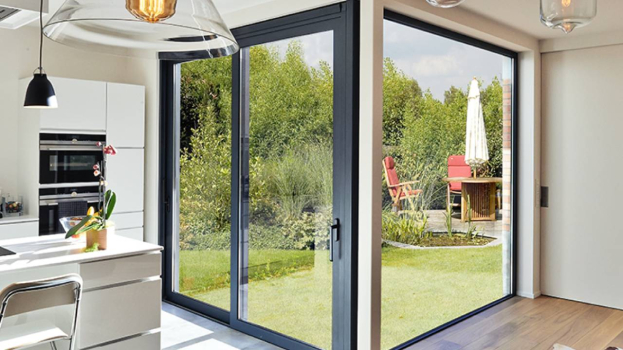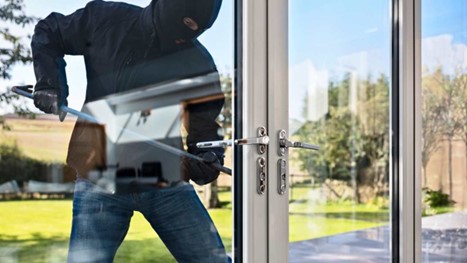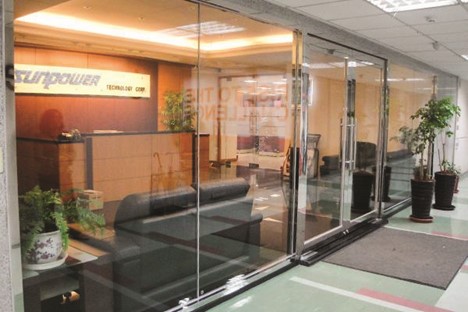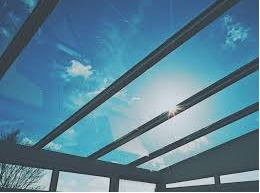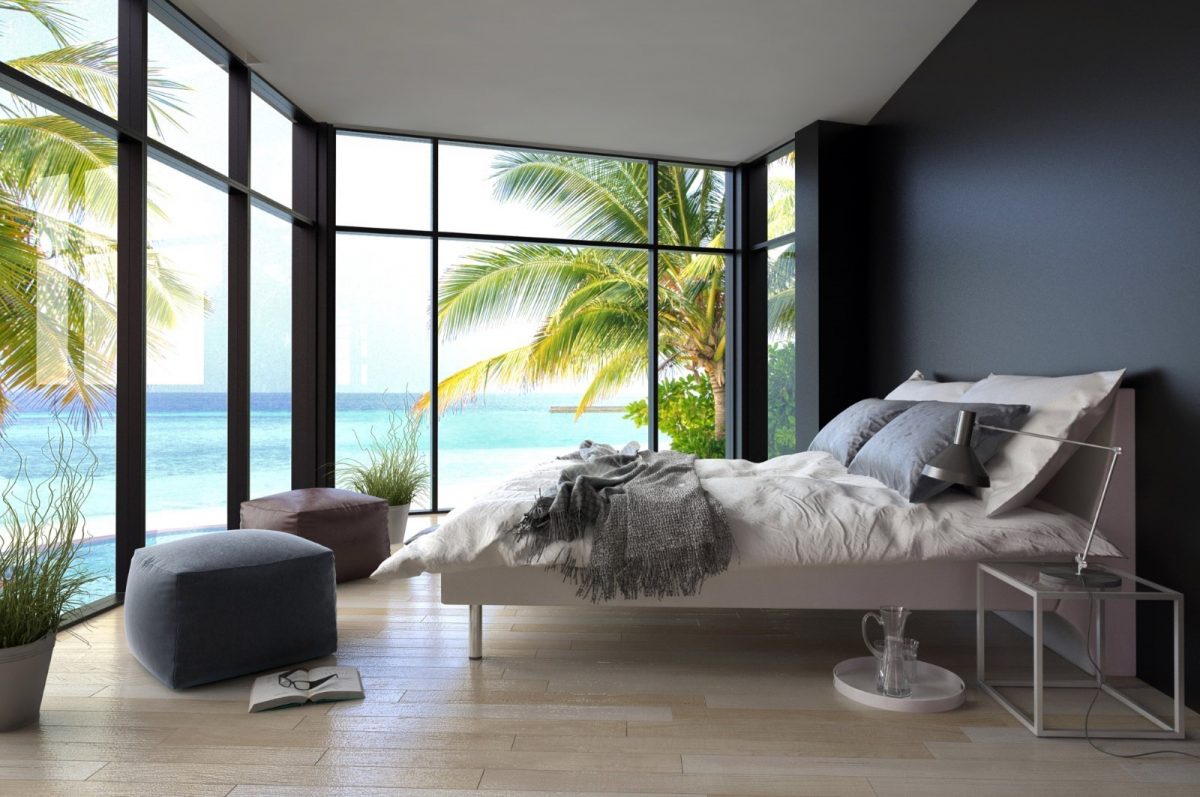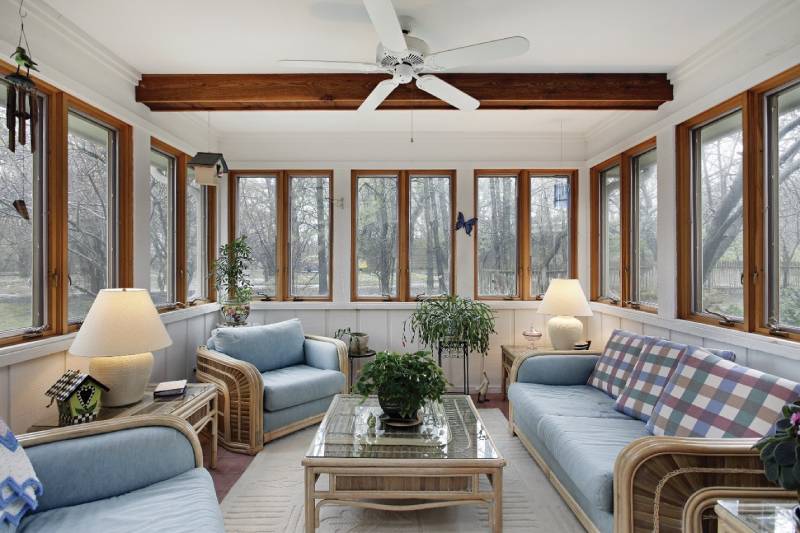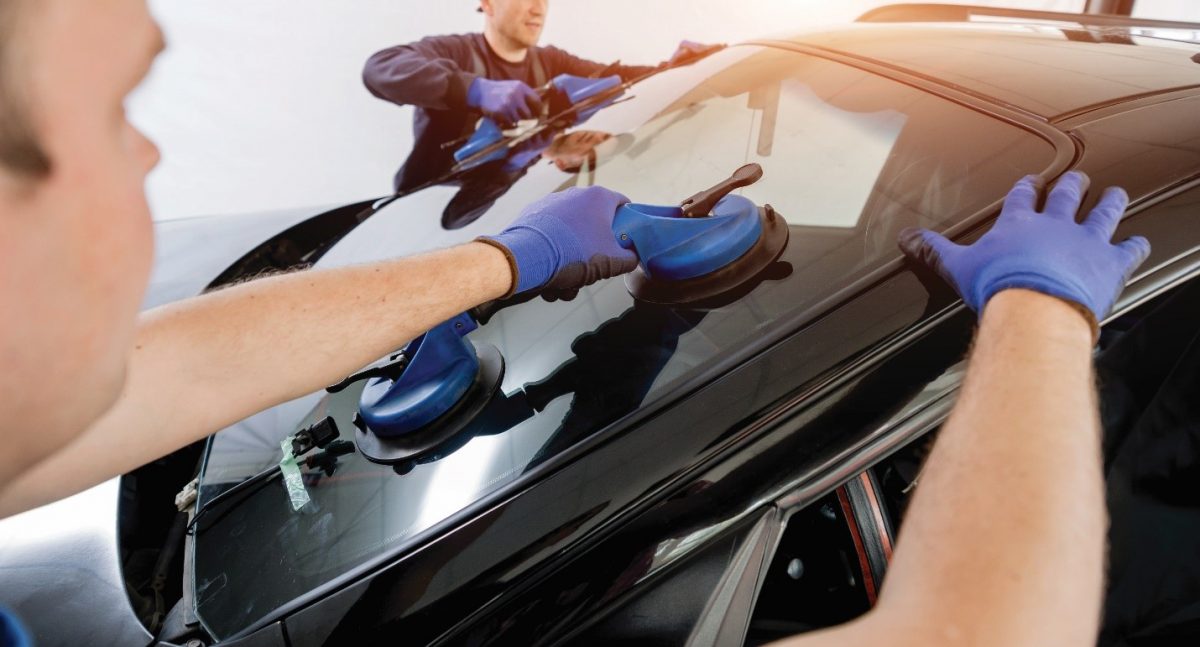When building or renovating a home, choosing the right windows and doors is an important decision that impacts both function and appearance. One option to consider is aesthetic glass, which refers to glass products that go beyond basic clear glass to offer unique visual qualities. From frosted, tinted, or textured glass to glass with embedded designs or colours, aesthetic glass provides privacy, security, and style.
Learning about the different aesthetic glass possibilities can help you select products that align with your decorative vision as you select windows and doors. Read on to explore glass products that combine aesthetics and functionality for a home that reflects your identity.
What is an Aesthetic Glass?
Aesthetic glass adds beauty to homes and buildings. It comes in different types, like coloured, textured, and patterned. Architects and designers use it creatively to make spaces look better and create interesting lighting effects. Also, technology has made it possible to use aesthetic glass in many ways to make our spaces look good and functional.
Types of Aesthetic Glass
Fabric Laminated Glass
Fabric laminated glass offers a decorative way to combine the sleek transparency of glass with the warmth and texture of the fabric. It is constructed by sandwiching fabric interlayers between sheets of glass through a lamination process. In addition to its visually appealing blended look of glass and cloth, fabric laminated glass provides functional benefits, shatter resistance for durability and security, and noise reduction for sound insulation.
Tinted Glass
Tinted glass is a type of glass treated with special coatings or chemicals to give it a coloured or darkened appearance. Unlike regular clear glass, which lets in most sunlight, tinted glass helps block out some of the heat and glare from the sun’s rays. Tinted glass usually blocks 30% to 45% of the heat normal glass would let in, so rooms stay more comfortable and cool without having to sacrifice the ability to see outside.
Colour Laminated Glass
Colour laminated glass offers both aesthetic appeal and functional benefits. It is made by sandwiching coloured interlayers between clear glass sheets. This filters light to produce a range of beautiful hues while enhancing safety and UV resistance. Some key advantages of colour laminated glass are filtering up UV rays to prevent fading, shatterproof construction for durability and security, and noise-reducing qualities for sound insulation.
Lacquered Glass
Lacquered glass is a type of glass that has been coated with a decorative and protective lacquer coating. This opaque coating gives the glass a bold, eye-catching look while providing certain functional benefits. The lacquer withstands temperatures up to 80°C, so the glass can be used in warm environments. Lacquered glass can also be cut, drilled, ground, and edged to suit specific needs. The opaque coating provides privacy while allowing light to pass through.
Conclusion
When designing your dream home, don’t overlook the power of aesthetic glass to elevate form and function. With endless options from frosted to fritted, laminated to lacquered, you can select glass products that filter light beautifully, lend privacy, safeguard durability, and, above all, reflect your unique vision. Contact AIS Glass today to simplify the process so you can actualise spaces that inspire.

